In the last few years there has been a resurgence of the planar (or isodynamic or orthodynamic) headphones, which have now conquered a significant portion of the market. This expansion of the planar concept has now involved in-ear headphones, too, and there have been a few launches of planar IEMs in the recent past. The most recent one comes from well-known Tin HiFi (previously known as Tin Audio), who launched their first planar IEMs: the Tin HiFi P1. They are unlike many other planar designs as they are completely closed-back, a rarity not only in the IEM space but in the broader headphones market too.
Given the fame Tin HiFi has, their first planar effort generated a lot of hype and high expectations in the public – and I have to admit I also had high expectations on the P1. This same expectations caused a delay in the launch of the P1.
Now forgive me if I get a bit off track explaining this, but I have to give credit to Tin HiFi for their dedication to providing the users with a product that is actually as good as they expect. I received a first sample back at the end of May, roughly one week before the then projected launch date (6th of June). The sample appeared however not to be right in terms of tuning: it lacked vividness and sparkle, ultimately sounding a bit dull and lifeless. This was caused by a lack of presence in upper midrange and treble. I forwarded my impressions to them through Lillian at Linsoul and, as they received similar feedback from other reviewers and people who got early access to the samples, they decided to listen to our feedback and actually postponed the launch so that they would be able to improve the tuning. This is a laudable attitude, so congratulations to Tin HiFi for their efforts.
The Tin HiFi P1 are a highly competent product and they are not just a “planar for planar’s sake” – they are actually compelling in-ear headphones with great sound quality.
Disclaimer: this sample comes from Linsoul Audio, who provided it free of charge. They sell the earphones on their website at $169.
TL;DR: recap
| Pros |
Cons |
| Built well with good materials
Comfortable even to those with smaller ears Large, enveloping soundstage Incredibly natural, lifelike reproduction of sound |
Limited bass extension and presence
Not the most technical headphones |
Rating: 9/10
Packaging & Accessories
Neither the packaging nor the accessories are any different than those included with the first sample. You can read more about them on the related Headphones in Pictures article. There’s only one major difference: the foam eartips are now coloured in dark grey instead of the previous beige.
Design & Comfort
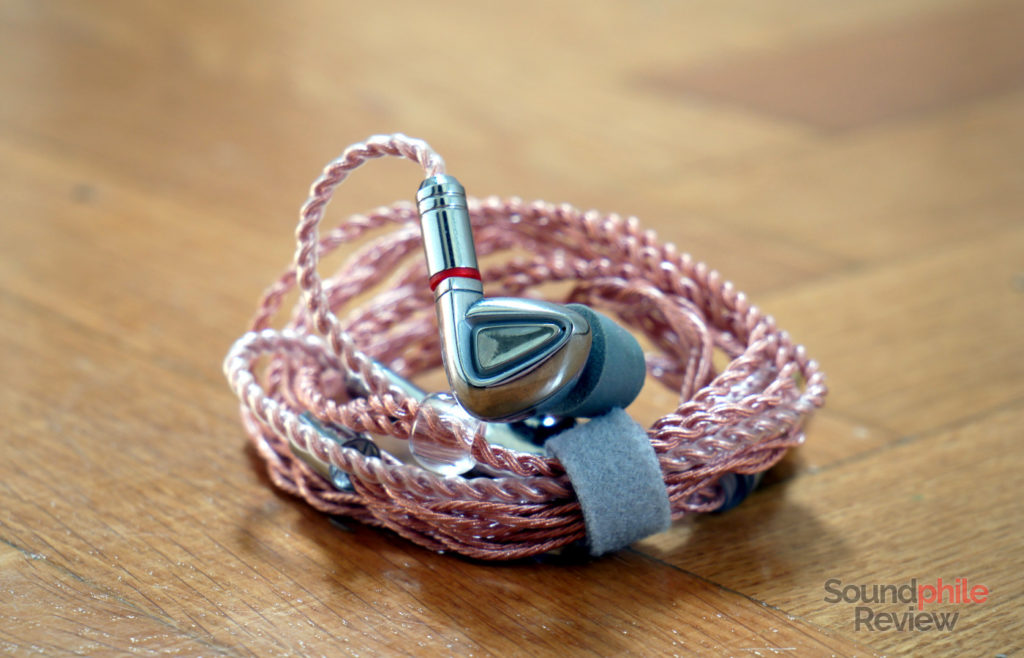
The Tin HiFi P1 are shiny little pieces of metal that resemble golf clubs. That’s actually intentional, as the company claimed that golf clubs were an inspiration for their design (whatever the reason is). The shells are triangular, with a smaller triangle on the faceplate that accentuates the shape. The MMCX socket protrudes a bit from the top and comes out of the triangle with a small cylinder-like structure at the back of the shell. This design is not entirely new, as it is similar to that used by other companies such as Shanling. It surely is quite a looker, though, also because of its shiny metal surface.
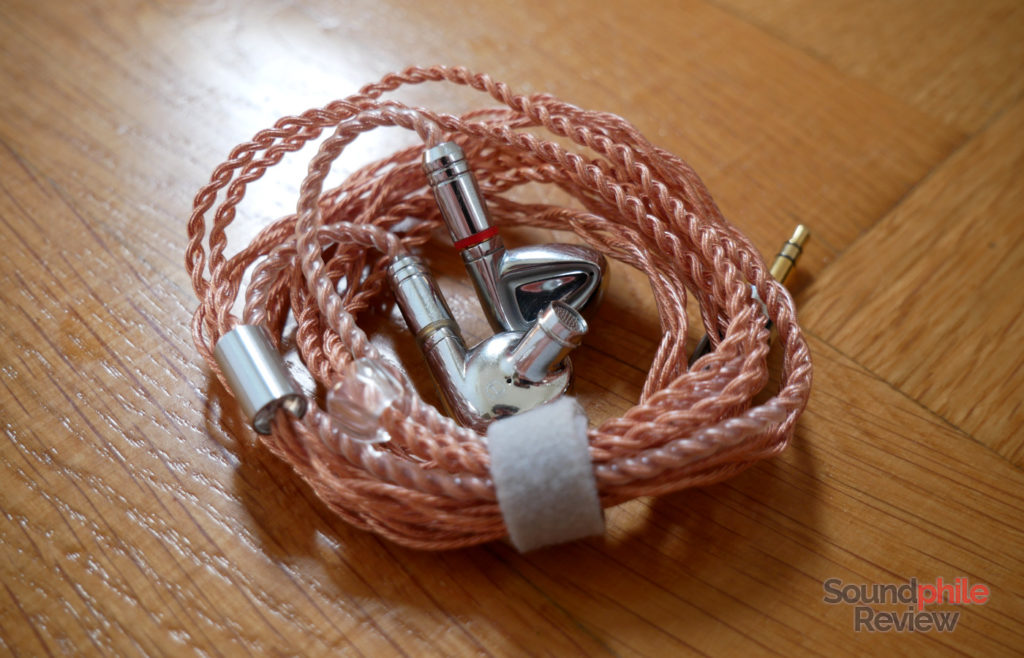
That same shiny surface is a fingerprint magnet in a way that is not negligible: it gets stained quite easily even in normal use and just by putting them on and taking them off. This drawback is to be expected given the shiny finish of the metal and it’s nothing serious unless you really value the pristine look of your earphones.
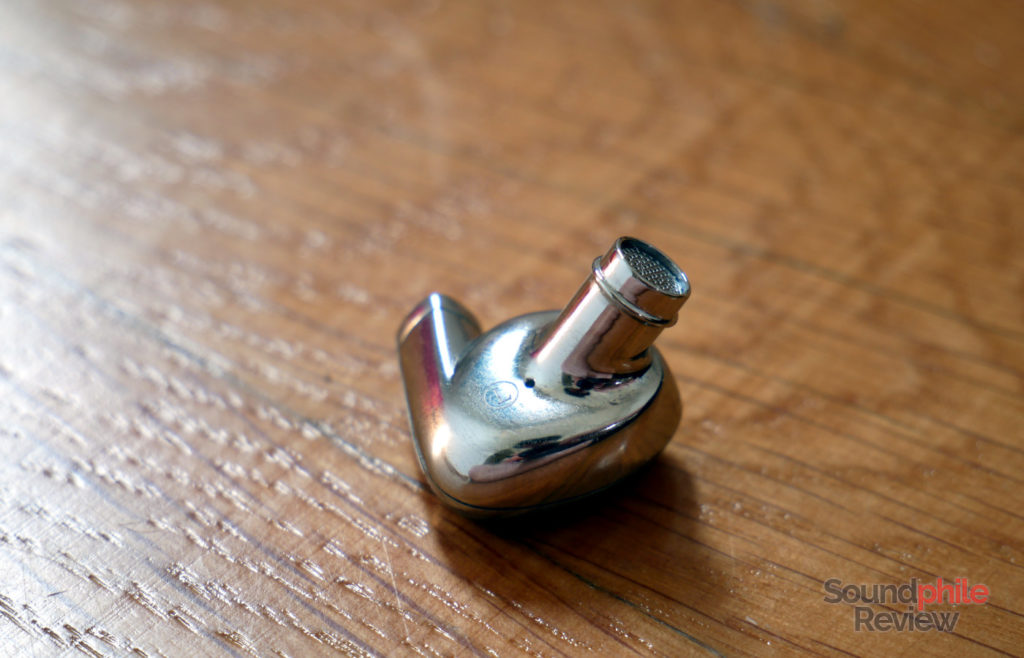
As in Tin HiFi’s tradition, the P1 are well built and leave no doubt as to their durability. The metal build appears sturdy and resistant, with the seams being minimal and no apparent flaws in the assembly. On the contrary, the P1 appear to be quite well built – and this being a general consideration, not one related to the price range the P1 are in. On a less rational plane, the P1 are a bit heavy and this lends them a sensation of solidity – they appear more premium because of this (and, after all, that’s the reason why Beats had a habit of placing weights inside their headphones to make them feel more “substantial”), although they are not too heavy so this won’t affect comfort.
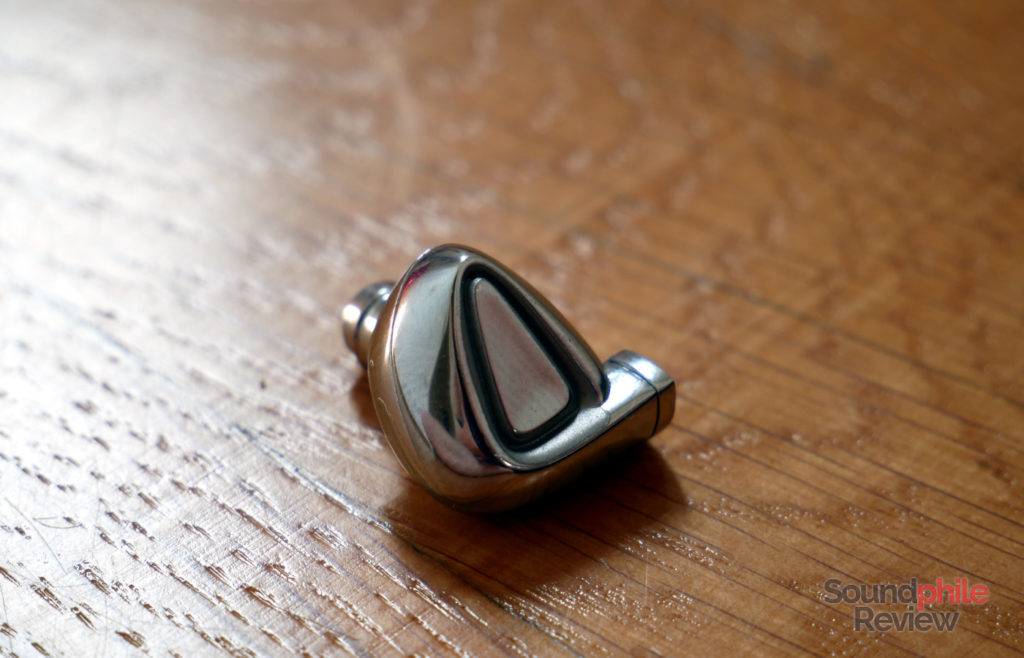
Comfort-wise, the Tin HiFi P1 are good, yet they are not perfect. I can wear them for a few hours at a time, so I highly recommend them if you are looking for in-ear headphones you can wear for prolonged periods of time. The issue I have with them is that their shape makes them feel weird, as if they were on the verge of falling off the ear or as if I didn’t place them correctly. They feel like they don’t fit well inside my ears, although they do. It is a matter of habit, but if you are accustomed to larger in-ear headphones like me you will probably be a bit disorientated. The positive side is that they should fit in almost any ear, even the smaller ones.
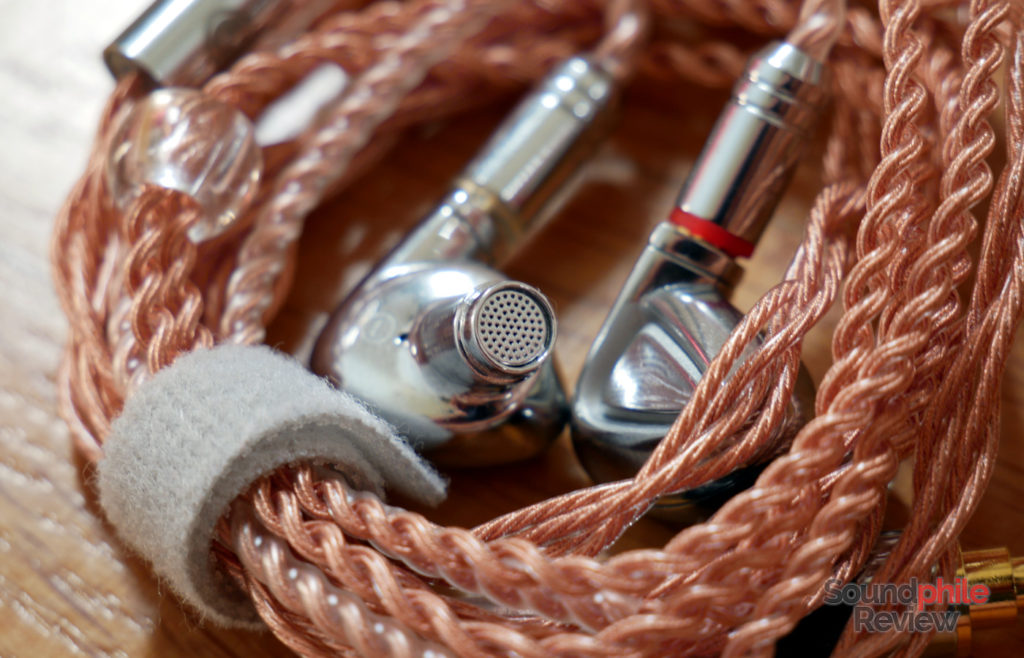
Removing background noise is not the best quality of the Tin HiFi P1, as they can only do so much in isolating the listener. In fact they only reduce the volume of outside noise slightly, without the same removal ability of the Shozy x Neo CP or the Fearless Audio S8 Pro. They can lower surrounding noise, but only to a certain extent. The P1 do a fairly good job in relatively quiet environments, where they remove any unwanted sound as long as it is not too high.
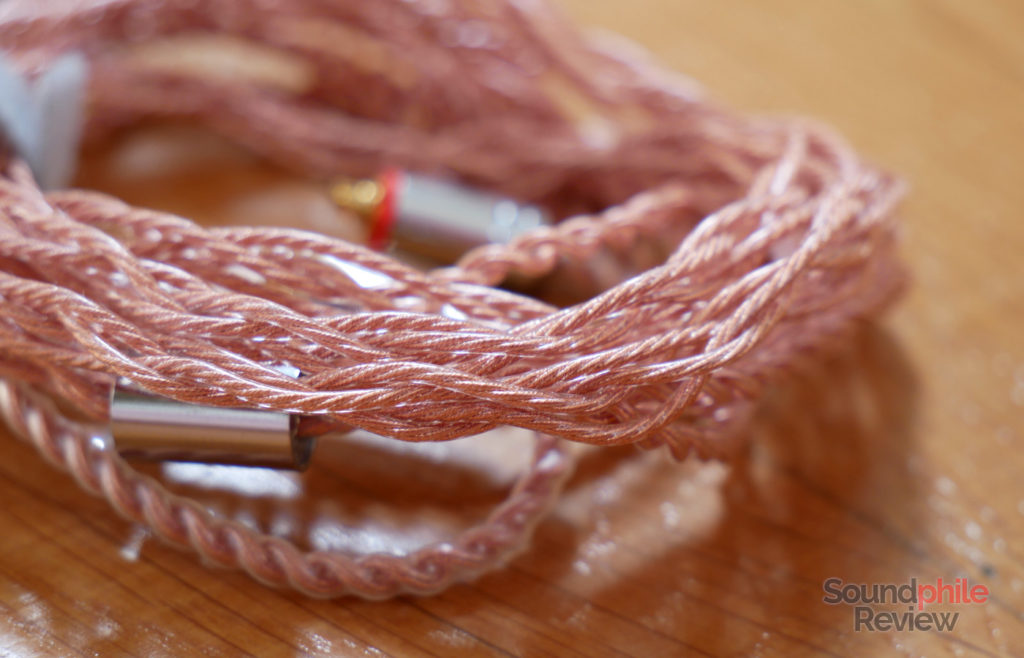
The cable has four cores waived and braided, each with its own thin transparent plastic sleeving. It is not a tight braiding: it is a rather loose one instead, leaving cores with much space between each other and looking a bit loose and almost messy. There’s sometimes a single strand coming out of the mix. Despite this messy appearance, the cable is very soft and comfortable. The jack, Y-split and MMCX cylinders are all made of shiny metal – so they match the shells perfectly, if you are into this kind of thing.
Sound & Specs
In order to try the Tin HiFi P1 I used the following gear: Shanling M2X, iFi xDSD, Topping DX7 and xDuoo XP-2. I often used an iFi Ear Buddy. I used a variety of source files, mainly comprising FLAC files in 16 bit / 44.1 kHz.
Tin HiFi P1 |
| Frequency response | 10 – 40,000 Hz |
| Impedance | 20 Ω |
| Sensitivity | 96 dB |
Despite their low impedance and acceptable sensitivity, the Tin HiFi P1 are harder to drive than many other in-ear headphones. In fact they are among the few IEMs that may require amplification as phones may not offer the necessary power. Using the Shanling M2X I often have to raise the volume to around 30, whereas I use 99% of other headphones with volume around 10. Lower-powered phones or DAPs won’t probably be enough for the P1.
Inside the metal shell is a 10 mm planar driver. This size is actually smaller than that of planar drivers in other IEMs on the market (e.g. the Toneking BL1’s is 14 mm). This smaller size is among the reasons why the P1 is not as good at reaching good volume in the sub-bass area as other headphones.
The Tin HiFi P1 present the sound in a weird way, as far as soundstage is concerned. It is neither especially large nor especially deep, but it sounds as if it was being produced inside a wide space that extends far beyond the listener while the instruments are close. The result is something in-between a closed-back IEM and an open one and it is really different from all the other in-ear headphones I’ve tried.
Imaging is accurate enough in terms of placing instruments left-right on the stage with good accuracy and it makes them appear as if they were in a specific spot, but the feeling of the physical instrument being there is not present. The issue is that instruments are all placed as if they were on a line near the listener while the stage extends in every direction, so they do not sound as if they were distributed in the space. On the other hand, instrument separation is good: instruments clearly have their own identity and are well separated from the others, yet there is room for improvement as especially crowded tracks can put the P1 to the test and make them lose a bit of control, resulting in less distinction between instruments.
Bass is quite good on the Tin HiFi P1, although depth is not its primary quality. Speed is! In fact the P1 are really good with transients, which are fast and with fast decay. In other words, this means that impacts sound immediate and do not linger on sounding as if they were longer than they really are. This is the most easily discernible and apparent difference between the sound produced by the real thing and that produced by headphones or speakers (though by far it’s not the only one!). The P1 does a great job at reproducing transients, which are closer to the real thing than most earphones in this range. Bass does really good in this field, though its presence is not exceptional in terms of extension (sub-bass is a bit lacking) and this makes it appear as if it wasn’t complete. Detail is laudable and leads to a rich texture, although the smallest details still elude the grasp of the planar driver.
Midrange is astonishingly natural and realistic. Although this may sound like an exaggerated, overly generic claim, the Tin HiFi P1 reproduces midrange with accuracy that is such that instruments and voices appear as if they were right there with the listener. I think this is due to two aspects: one is tuning, which is neutral as far as I can tell, and the other is speed, which is close to the real thing and makes instruments sound real and physical. I realised this when listening to Cesare Cremonini’s album Maggese, where guitars, pianos and voices appear as if they were in the same room where I was. The effect is really impressive and it reminds me of the discussion I had with Dan of MrSpeakers fame on day one at Munich High End, when we discussed about the importance of coherence when reproducing midrange as it allows instrument to feel real and present. That’s exactly what happens here. The high level of detail also contributes to the sound seeming real.
Treble is rich, vibrant and thoroughly detailed. It is not on the same level as detail champions such as the Fearless Audio S10 Genie, but it is more than enough to make this section appear especially rich. Extension makes treble appear sparkling and vivid, with a very good sense of openness and air. It’s all there for the listener to pick up, without anything being forced onto the listener and never aggressive or harsh. This is despite treble presence being everything but shy: it sits in the right spot. And this makes it produce a good representation of highs which is probably as close as you can get to the real thing in this price range right now.
Tin HiFi P1 Comparisons
Here’s a small selection of selected comparisons:
- Tin Audio T3: the T3 are really different under many perspectives. Their tuning has similar aspects (bass is not too distant in terms of presence), but also differences: midrange is brighter on the T3, and treble is more emphasised. This makes the P1 appear more neutral and natural. Detail is better on the P1, as well as speed throughout the spectrum, instrument separation and layering. Soundstage is totally different: it is wide but not really deep on the T3, whereas on the P1 it is much deeper, more layered and much larger-sounding. Overall the T3 are a great choice at their price, but the difference is quite large.
- Fearless Audio Crystal Pearl: the Crystal Pearls are priced just above the P1 but use two balanced armatures instead of a planar driver. This difference would also make one think they are quite different in tuning and that holds true: their bass is much less extended and present, with much less physicality; midrange has less presence in the lower area and would use some of that as it sounds a bit brighter than necessary; treble is the most emphasised part, especially in the middle section, so it sounds really sparkly and vivid but also a bit aggressive. In terms of technical ability there’s no contest: the P1 has the upper hand in every aspect.
- BGVP DMS: although they are in the same price bracket, the DMS sound completely different (also being hybrid earphones with a dynamic driver and six balanced armatures). Their bass is much more emphasised, to the point it often sounds on top of the mids; on the other hand, it offers even more physical presence (but less speed) and slightly better extension. Midrange appears much more recessed than on the P1, surrounded by bass and treble and without the same natural tonality. Treble is more emphasised, especially in the lower and middle regions, and is sometimes harsh and difficult to bear in comparison to the smoothness of the P1’s. Soundstage is also not as large and anywhere near as deep, while imaging is not as accurate and instrument separation is decidedly worse.
Final Thoughts
The Tin HiFi P1 is not perfect. It has its share of flaws, from sub-bass being a bit lacking to soundstage and imaging being downright odd. Despite this, I chose to give it a 9/10 because of the way it presents music. It is astonishing that such a small IEM can sound this way, and it is even more so if we factor in the price it’s sold at. It’s simply too good when it comes to tuning.
What really won me was that music sounds real when listening to the P1. It almost sounds as good as high-end speakers in terms of making the instruments sound as if they were there with you, and this alone is worth every penny the P1 costs. The first foray in planar territory by Tin HiFi is also the first foray in the over-$100 field, and in both cases it is a resounding success. The P1 is really one of the best earphones you can buy below $200, and probably even below $300, in terms of tuning. It has its own oddities which you have to weigh – if you place soundstage and imaging high up in your list, these may not be for you. But if you, like me, place tuning there, then they’re phenomenal.

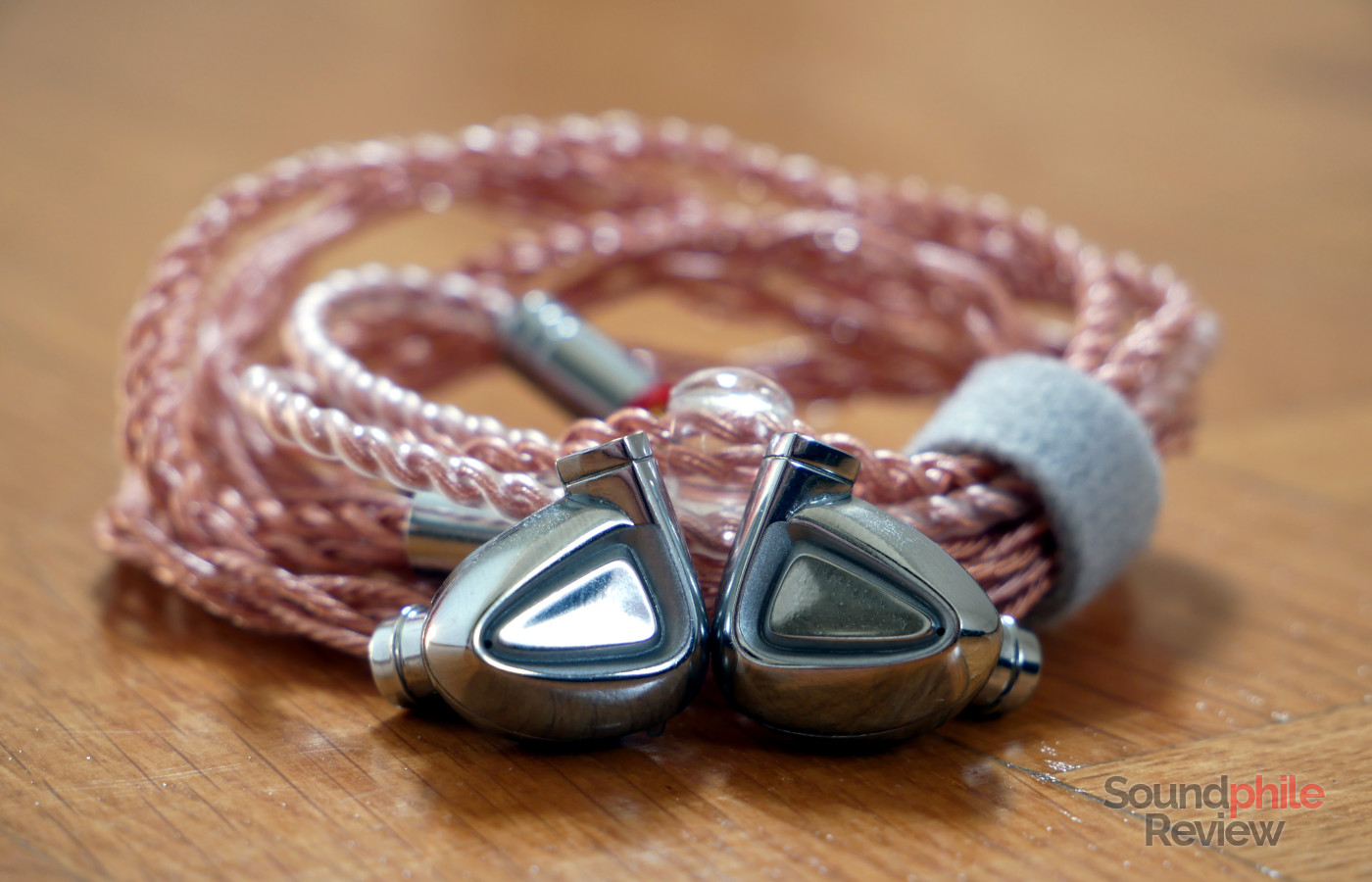


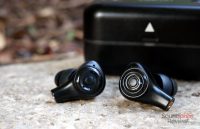
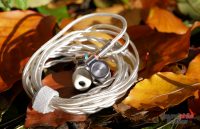
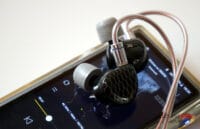


I gave up on this iem unless i changed my dap
Hi,
Have you compared the TinHiFi P1 to the Toneking BL-1? Will the size of the 10mm planar driver be less sound quality to that of 14mm planar driver (found in toneking BL1)
Is the bas response better in P1 than that of BL1?
Seeing that the P1 is closed housing…and the BL1 has 3 vent holed housing….does having vents in the housing affext sound quality at all?
Build quality bewteen the two models?
thank you
The impedance is 20 ohms and the sensitivity is 90dB
Thanks for pointing it out! Data is now correct (sensitivity is 96 dB, though).
Riccardo, how do these compare to BGVP DM7? Which pair is superior in sonic performance?
Hard to say. The P1 sound much more natural to me, but the DM7 may be a bit more detailed and with a better representation of the soundstage. So if you only take tuning into account, I would say the P1; if you also consider technical ability, then I would say the DM7.
What kind of tuning?
I’ll reword my previous answer: if we were to choose an IEM based on how it sounds, I think the P1 sound better; if we consider technical ability on top of how it sounds, the DM7 are better.
Ciao, I opened the package with my new P1s for about 2 hours. . Honestly, I was amazed by how good the sound these IEMs produce. I am really amazed that € 150 earphones can produce this quality. The first feeling I had (it hadn’t happened to me for a long time) is that I felt my music for the first time, much more detail and new sounds. Beautiful feeling.
“It has flaws”, as you say, it has flaws, it’s true. The lack of the deepest bass is real, at least I perceived it. I have read very different opinions on these P1 but I really like them a lot. I have the DM7s the Kanas Pro, and a host of other IEMs, but I like these TIN P1s more than any other.
@Linuss your P1 feedback is very interesting!!!
I was looking for all around IEMs but not hard to drive and I thought to buy BGVP DM7, but now (reading you) I’m in doubt….
Alberto
I got mine yesterday and yes agree with the earlyer comment by linuss accept they’re otherwise so good you forget about the deepest deep bass…;)))
Price/quality 10/10
Most supersizing is that wow effect I got that’s very rare nowadays…;)))
And a near a miracle for 165$
My opinion was that everything under 400 is crap and a good pair costs +-1000$
P1’s are an exception…;)))
Do you want to buy a pair of REALLY good in ears ???? The new Moondrop KXXS are the best. Honest price, incredible sound performance compared to price and easy to drive, if you accept my opinion they are wonderful.
The P1 to be used need an amplifier and to be honest, for me they seem better than the P1.
A weaker bass response is a well-known drawback of planar technology. Conventional bass drivers are able to move back and forth through far greater distances whereas even quite large area planar speakers, eg Quad electrostatics, struggle. So it’s not correct to use the 10mm driver diameter of the P1s as a reason for the weaker bass response compared with IEMs with larger drivers; it’s much much more an inherent limitation of planar technology.
I have both the TIN HiFi P1s and the Sony XBA-N3s. If I listen to Passenger’s “Things That Stop You Dreaming” the bass drum with the N3s feels like a friend is punching you in the shoulder – it’s that strong – whereas it’s much more subdued on the P1s.
That said I do really like the P1s: they’re very smooth and listenable-to. Music sounds more “integrated” than the N3s which can be very analytical, meaning that you start to pick out the sound of individual instruments. I can’t explain why that is happening, though and I like both IEMs.
In terms of sensitivity, I use both IEMs with balanced cables and a Sony ZX-300 DAP hacked to the US profile to get rid of the limiter and there is about a 15 to 20 difference in the volume setting between the two. 67/120 for the N3s and 82/120 for the P1s. Again a function of the technology.
Hi Richard,
I guess you are not much into planar headphones: those are notably famous for having the best bass response, as it’s often linear down to 20 Hz. Audeze, HiFiMAN and other planar headphones are famous for having really high-quality bass. What you wrote about planars not being good for bass is referred to speakers, but even then that’s not always true – my father built a planar subwoofer which gets down to 20 Hz with plenty volume. Conventional planar speaker design is not good at bass, I concede that, but that’s about it.
Anyway, saying that the dimension is a drawback in this case is correct, as the larger surface of Toneking BL1’s driver allows it to go further down with frequency, whereas the P1 can’t really get much deeper even if you use equalisation and that’s a physical limit: you need a large area with lots of energy to get to the deepest notes.
I am happy that you like the P1 too!
I stand corrected. 🙂
But I am curious: how do you move the volume of air needed for deep bass with a membrane that is fastened all around its edge when compared with a conventional driver with the equivalent of a “foam surround” allowing a large amount of full and free movement? Is it that, at least for IEMs, they are pressure drivers rather than “air movers”?
Planar drivers require a larger size exactly because they tend to be fastened around all their edges, so in order to displace the same amount of air as dynamic drivers they need to be bigger. They (often) don’t have the same degree of full and free movement as the dynamic drivers, so they need a bigger surface to compensate.
Also worth noting that the N3s have a 9mm bass/mid driver and have kick-ass bass as I mentioned earlier.
Maybe you can try oBravo cupid, if you think p1 is difficult to drive and no more soundstage and bass. Cupid has a patented 8 mm planar magnetic driver and nice material, Electroplating yellow cooper outside and another 6mm dynamic driver. It can make a good sound as like as you are in real concert. My wife is a pianist in Europe. She has less experience in IEM , but she said when she try Cupid. She can feel she is in a music concert. It’s a real natural sound exist in the IEM but can make a speaker or big headphone’s sounstage. We love it so much.
Hi Andy,
Thank you for your comment. I have the oBravo Cupid and I’m going to publish a review in the next few days!
R they better than the rha t20i?
Is Shanling M2X have enough power for Tin P1?
Sure, more than enough!
So, no need for additional amplification? Thanks man
No, the DAP itself is fine. You’ll just probably need to set high gain and raise the volume a bit more, but it’s nothing dramatic.
What about Kbear believe…with Shanling m2x? Because I think Believe is not that power hungry compared to P1.
No idea, sorry, I’ve never tried those.
Kbear believe has impendence 17 ohm and 98db sensitivity
Then you’ve got your answer: there should be no problem whatsoever, judging by the specs.